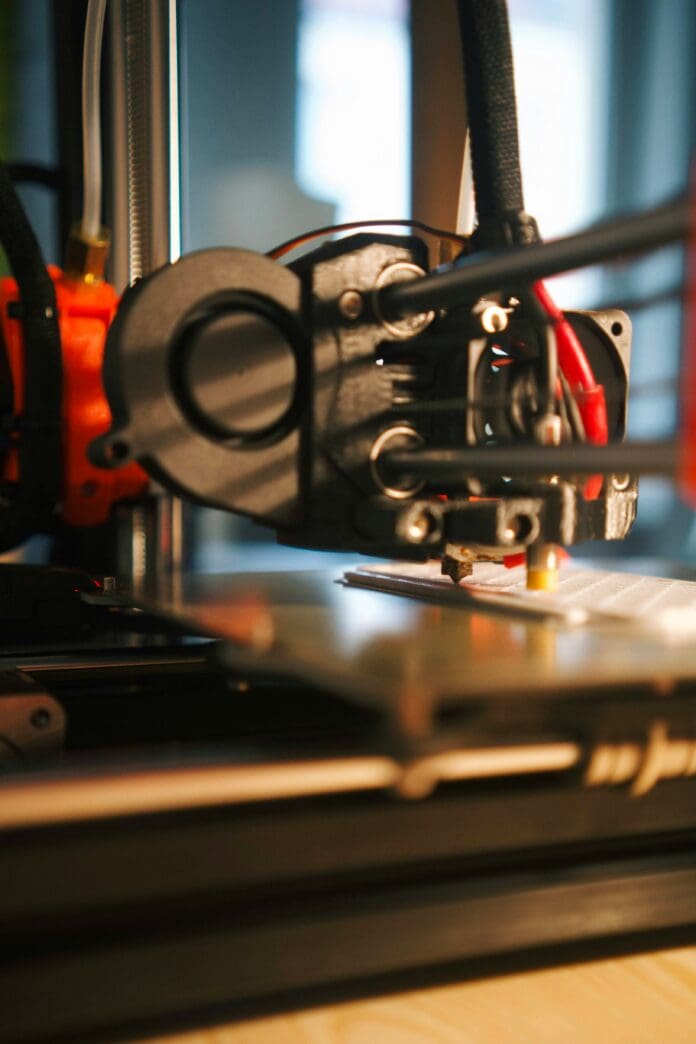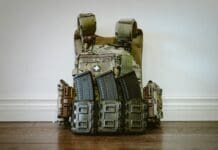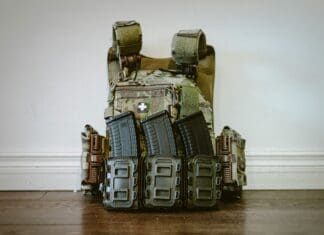This post is also available in:
 עברית (Hebrew)
עברית (Hebrew)
The Chinese People’s Liberation Army (PLA) is testing a system that integrates 3D printing with drone technology to facilitate equipment repairs in remote locations or in the battlefield. This initiative, reportedly conducted by the PLA’s Northern Theatre Command Air Force, aims to address the challenges of maintaining and repairing military assets in the field, especially when traditional supply chains are disrupted.
According to South China Morning Post, the trial involved 3D printing functional replacement parts on-site and delivering them via drones to troops in hard-to-reach areas. During the exercise, a maintenance team utilized a 3D printer to create replicas of damaged components. These parts were then loaded onto drones, which swiftly delivered them to units in the field. This rapid-response system was put to the test in a scenario involving a malfunctioning missile launch vehicle. Upon receiving a distress message from the frontline, the maintenance team quickly generated a 3D blueprint of the damaged part, printed the replacement, and guided the troops on the ground through the repair process.
This initiative builds on similar efforts by the United States, where the Department of Defense has equipped Ukrainian forces with 3D printers to produce essential parts for military equipment in the field.
The successful integration of 3D printing and drone delivery could revolutionize military logistics, allowing forces to rapidly address equipment failures without relying on lengthy supply chains or waiting for external shipments. This technology could be a game-changer, particularly in conventional warfare, where the ability to keep equipment operational is critical to maintaining combat effectiveness.
While the PLA’s latest tests indicate the system’s potential, the real-world application of this technology remains under development. As military forces worldwide explore such solutions, the ongoing competition in 3D printing and drone technology could shape the future of logistics and battlefield repair strategies.

























